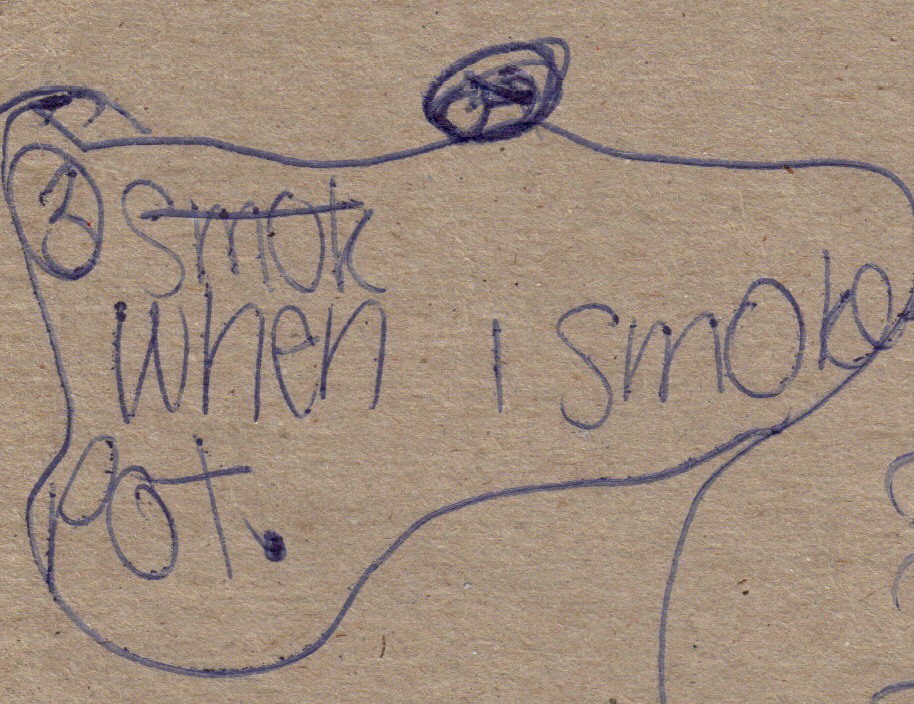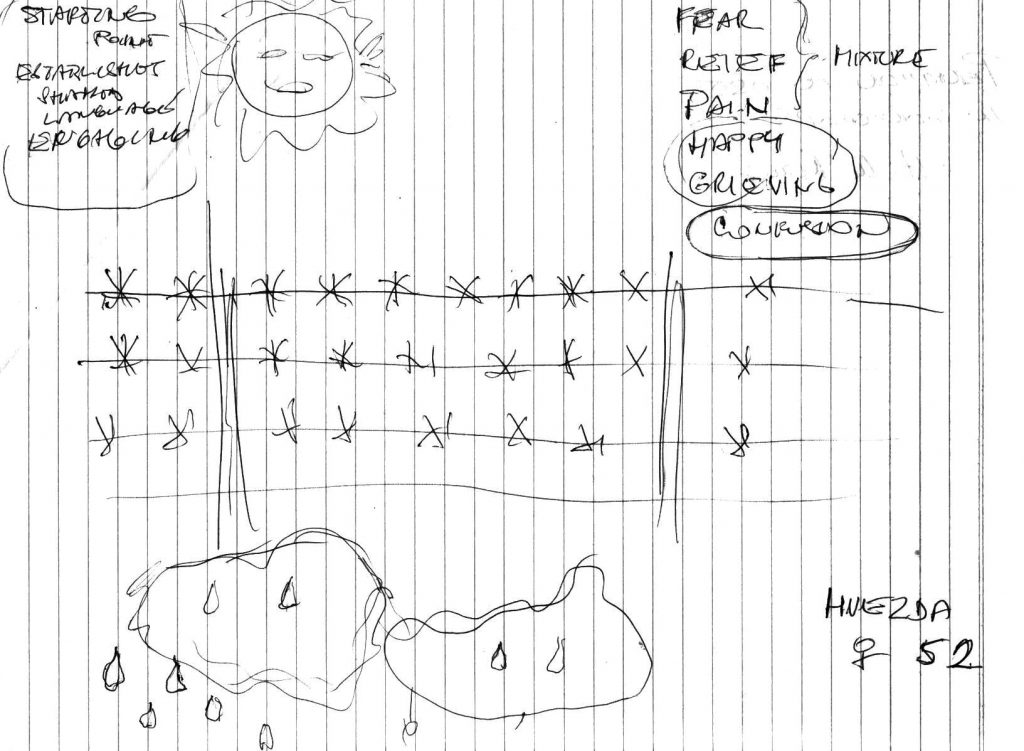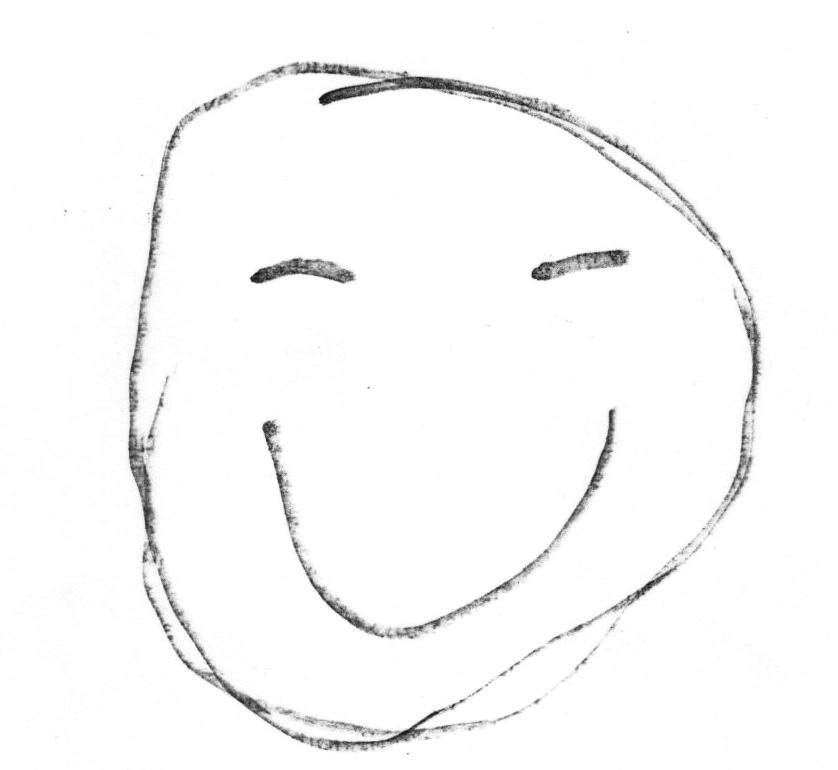
Counselling
I am a counsellor and sometimes I talk with people in a room. As often as not I find myself talking with people while sitting under a tree. Often the very one pictured here. Or we talk in a coffee shop, or while walking, or sitting in a park.
I do this because I think that it can often be difficult for any of us to talk about important, sensitive, painful, confusing or distressing parts of our lives. And so I want to help make the experience as human, as warm and as welcoming as it can possibly be. Because it is highly likely that it is still going to be painful, challenging, distressing and confronting. That’s the nature of dealing with the tough stuff in our lives.
Equally, if we are talking about our hopes and dreams; those things which gladden our hearts, excite our minds and make our spirits soar, then a conversation under a tree is also a lovely thing to do. For me, and more importantly, for those I talk with, ‘therapy under a tree’ just helps the process be more likely to be more useful.
What is this approach?
For years people have been asking me ‘what do you call this?’ And I would say: ‘what do I call what?’ And they would say: ‘This! What do you call what we are doing here? Is it therapy, education, personal growth…what is it?’ So I will try to answer this question here.
Essentially it is often a tranformative process that seeks to help people free themselves from distress, and to move more in the direction that they want for themselves in life. It is also a process which helps people pursue a dream, a hope or a desire; or to maintain the wonderful aspects of their lives.
Change Process Work
If I need to give this approach a name, I call it ‘Change Process Work’ (CPW), or sometimes just ‘Process work’, whether I am working with adults or young people, and whether as a therapist with an individual, running a group, training or supervising/mentoring workers, or whether sitting under a tree just chatting with someone who is troubled.
Underlying principles of well being
CPW is is guided by an awareness of the importance of four major elements of wellbeing:
- belonging and connection
- relationships
- a sense of self and identity
- a sense of being in charge of self and life.
These elements will emerge over and over again in different forms when people speak both of the things which trouble them, as well as the things which they hold dear and close to their hearts. And of course sometimes these are the exact same things: that which troubles a person, and that which is close to their heart.
Many ways to have a conversation
With these four elements as background, CPW is a process of questions whether asked (and answered) in verbal conversation, through writing or drawing, through reflection or through physical movement. And I do this because I am mindful that not everyone is terrific with words, or that there are times when words may just not be the most useful or even most accurate form of communication. I might ask a young person to just show me how they feel about something. They might use a gesture, pull a face, spin their arms…it doesn’t matter, it is all communication. And this response can take us into an exploration of whether this is the way things always are? Is this recent or old? Has something new entered their life? If life seems like this, does it also seem like it might also be open to influence…can it be shifted in some way? This drawing is a young adult man’s response to the question: ‘When in your life have you experienced a moment of wonder?’ And he has drawn the moment of the birth of his child. The father, dressed in a tux, caught his new-born baby.
A girl drew pictures of herself; as she was, as she is and as she wants to be. Which gave us a conversation about what she would like to keep, let go of, develop more of; move towards…
A young man created an image of sticks as we sat on a lawn chatting. The image depicted his life as he saw it and some of the barriers he saw in front of him. And from this we could then explore: do these barriers seem permanent or temporary? Within him or external to him? What might life be like beyond the barriers? How might he start to deal with some of these barriers? Where and how would he start?

Questions ... seeking the less obvious
Questions always intentionally strive to be unusual or unexpected so as to access neglected, hidden or forgotten qualities, talents, skills, dilemmas or paradoxes; and thereby bringing within a person’s perception and grasp, the possibility of life movement. Yet they do not seek to be clever. Questions need to simply access something of importance for the person. The drawing here is by a teenage boy in response to the question: ‘When do you feel wonderful?’
And this response can take us into an exploration of when else has he felt wonderful? What/where/who is likely to help create with him a sense of feeling wonderful? I can myself become a physical aid in conversation, asking: ‘if my right hand is “your perfect life”, and my left hand represents “a life you do not want at all”…point to where you see life as being at this moment?’

Questions, seeking strengths, qualities, talents, skills, the best in us
The drawing below is how a mother, an adult mature woman answered the question: ‘when have you triumphed in your life?’
And she showed an image of how she and her children escaped through barbed wire to come to another place and time to continue their lives. And in our conversation we were able to explore how, if she chose, she might again access these extraordinary qualities. Could they be accessed at will or do they arise in response to need? And we could explore how these qualities might be ’harnessed’ to continue to be in her life, or find a way to be more present.

What stands in the way?
CPW equally continually asks: ‘What stands in the way of…?’ What lies within us and around us that seems to stop us doing what we need to/would benefit from?’ And the answers to these questions invariably take us down important conversational roads.
Choice and privacy
Of course, I am the one asking the questions but the person I am asking will decide the answers. They also decide whether they voice their response or keep it themselves. It is more important for them to know the answer than it is for me. This picture was drawn by a young person locked up in a Juvenile Justice Institution. I asked: ‘what do you think you look like when you’re happy?’
And I do not need to hear the answers to the questions that might follow: ‘when was the last time you looked like this? Were you alone or with someone? Are you happy like this on your own? Or does it help to have someone else along with you? How often do you hope you might feel like this? Would you like it to be more often…or is enough as it is?’

Shared control
If a person has choice, as they do throughout this process, being able to answer a question in any way they choose; and if they have privacy, as they do, deciding whether to voice or not, their answers to my questions, then control of this conversation is shared. Privacy + choice = some control. And being in control, being in charge of ourselves, is fundamental to our well being.
Useful tools, useful strategies, no more and no less
And of course, these are all just tools to be used if they seem useful. They can be present or not. Sometimes we just talk; no drawing, no writing, no movement. Sometimes our counselling is in spoken words. Sometimes in other forms. And sometimes it is just a chat.
The influences and inspirations are many
Approaches such as Narrative, Gestalt, Motivational Interviewing and others, have all added something to the development of this process. As does constant reading, paying attention to current research, trips to other cultures and places, the inspiration of amazing people, the power and joy of comedians, the wisdom of my parents, the steadying companion of common sense, the experience of 35 years work, and the extraordinary and inspiring young people I have the privilege to work with.
